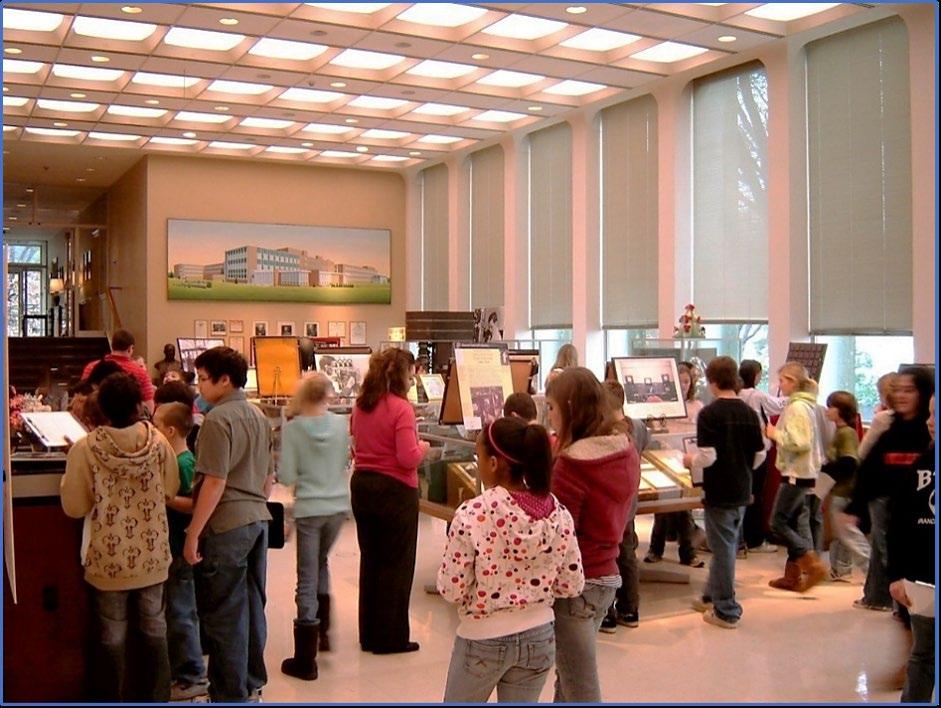NEWS ITEM
IEEE History Center Updates IEEE Historical Documentation And Creates A Post-1984 Living History
T
he IEEE History Center has chronicled the post1984 years of IEEE history and the impact IEEE has had on electrical engineering in the 21st century. The History of IEEE Since 1984 is available on the Engineering and Technology History Wiki at https:// ethw.org/History_of_IEEE_Since_1984. Readers can learn how IEEE transitioned to electronic publishing, its efforts to expand its membership globally, successful standard development activities, and other topics. Previous historical accounts generally stopped in 1984, the centennial of IEEE’s earliest predecessor organization, the AIEE.
THE SHIFT TO DIGITAL HISTORY As digital technologies became more popular in the 1980s, IEEE worked to keep up with the shift from printed publications to digital versions, according to the document. Before the IEEE Xplore Digital Library, the organization experimented with an electronic index, launched in 1986, and CD-ROMs, which were introduced three years later. Using the index, members were able to order from their computer copies of articles published within a 12-month period. The CDs held about 200,000 documents including journal papers and conference proceedings.
A plaque was placed in the Franklin Institute in Philadelphia during the IEEE-Franklin Institute Centennial Technical Convocation in October 1984 to celebrate the 100th anniversary of IEEE. (Courtesy IEEE)
The history of IEEE previously was documented in two books that covered the organization’s first 100 years. The Making of a Profession: A Century of Electrical Engineering in America was written by historian A. Michal McMahon. Engineers and Electrons: A Century of Electrical Progress was written by IEEE Fellow John D. Ryder and past IRE president Donald G. Fink. PDFs of the books are available on the Engineering and Technology History Wiki at https:// ethw.org/w/images/e/ee/The_Making_of_a_Profession.pdf and at https://ethw.org/w/images/c/cc/Engineers_%26_ Electrons.pdf.
A TRANSITIONING MEMBERSHIP Membership in IEEE also evolved during the period. Before 1989, IEEE’s membership was mostly composed of engineers from the United States. But in the 1990s, the popularity of computers and their impact on society and the strong economy fueled global expansion. Today, the organization has more than 400,000 members in more than 160 countries.
A LIVING HISTORICAL DOCUMENT The “History of IEEE Since 1984” is a being treated by IEEE as a living document. Readers with an account on the Wiki can make comments and suggest edits. IEEE History Center staff members will review the comments and, if deemed appropriate, will include them. Individual memoirs of IEEE’s history can be added in the first-hand histories section.
The IEEE Standards Association made great strides in developing standards worldwide, according to the report. Its most well-known standard is IEEE 802.11, developed in 1997. It’s the official international standard for wireless LANs, operating at 2 megabits per second. Popular Mechanics magazine recognized the standard with its 2003 Grand Prize for Computing.
Beginning in 2009, the 125th anniversary of IEEE, then IEEE President John R. Vig advocated that it was time for a new book covering the subsequent 25 years, and he raised funds from IEEE organizational units to make it possible. The project was funded by the following IEEE societies: Aerospace and Electronic Systems, Circuits and Systems, Communications, Dielectrics and Electrical Insulation,
IEEE HISTORICAL ACCOUNTS Although the document’s main focus is IEEE after 1984, its first chapter covers the merger in 1963 of the American Institute of Electrical Engineers (AIEE) and the Institute of Radio Engineers (IRE), which together formed IEEE.
SPRING 2022 PROCEEDINGS
45
www.radioclubofamerica.org




















